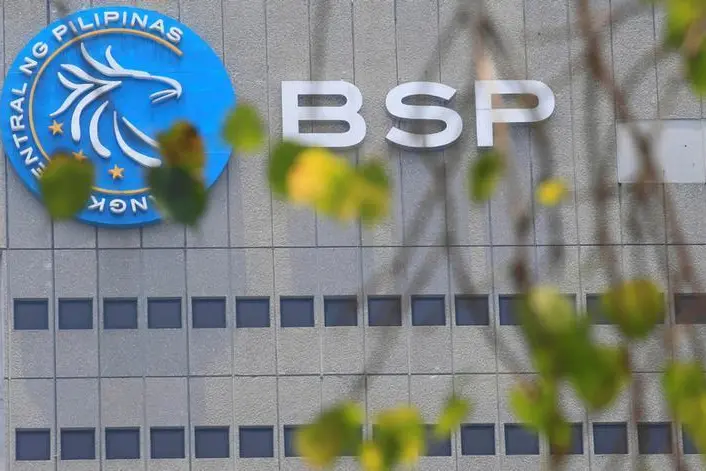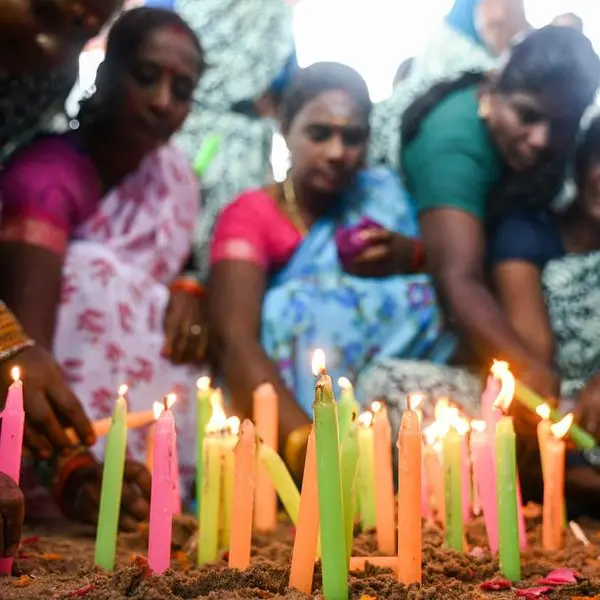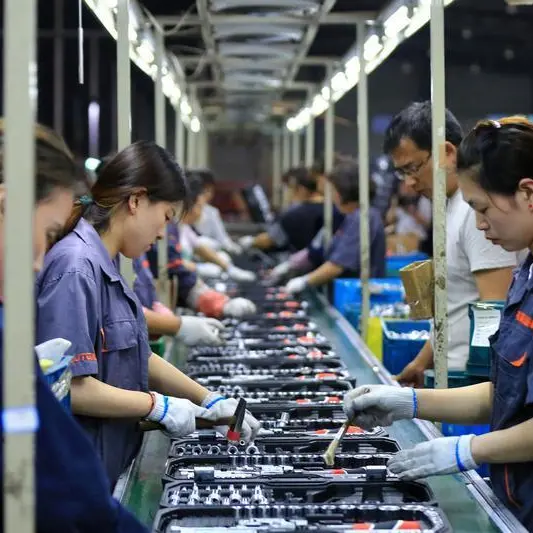PHOTO
The Bangko Sentral ng Pilipinas (BSP) is studying the impact of generative artificial intelligence (AI) in the banking industry as it seeks to implement some 'guardrails' to mitigate potential risks.
BSP Governor Eli Remolona Jr. said the central bank is trying to understand generative AI, as banks have inevitably begun exploring programs such as ChatGPT and other forms of machine learning.
'The issue here is what guardrails we can introduce to the use of generative AI. In other words, what safety features we can introduce,' Remolona told reporters.
'If you use it for different analyses, there's a tendency for what we call 'herding.' They tend to give the same answers for some of the different questions. Herding is something that is a possible source of systemic risk,' he said.
Generative AI could create new and realistic content, such as text, images, videos, or other data, using generative models. These models were trained on large amounts of data and generate new outputs based on the data they have learned from.
According to Remolona, using machine learning programs and generative AI on data analysis and decision-making still need continuous supervision from actual people.
'There are many things that we do instinctively that are very hard for machine learning programs to incorporate,' he said, adding that 'there are things that humans understand that even the best generative AI don't understand.'
'So, I think for now, at least, making decisions with generative AI requires a human being to kind of make sure that the decision makes sense,' he said.
The central bank is also working on its regulatory sandbox, which allows banks and financial institutions to explore innovative financial products and services using new technology.
Remolona said the regulatory sandbox, which was established in 2022, consists of various fintechs which have innovations that these firms were trying to test.
'The reason there is a sandbox is so that the fintech guys can work with a regulator, and the job of the regulator is to reduce regulatory uncertainty,' he said.
'But in general, the more significant the innovation, the higher the degree of uncertainty about the regulatory implications for that innovation. Especially if it's used by banks or will eventually be used by banks,' he said.
Through these initiatives, the BSP hopes to widen financial inclusion and significantly contribute to the overall advancement of digitalization into the country's financial system.
Under its Digital Payments Transformation Roadmap, the BSP aims to shift 50 percent of total retail transactions to electronic channels and increase the number of Filipino adults with bank accounts to 70 percent before the end of 2023.
As more Filipinos embraced digitalization during the height of the COVID-19 pandemic, the share of digital payments to total retail transactions further increased to 42.1 percent in 2022 from 30.3 percent in 2021.
Likewise, the number of banked Filipino adults further increased to 65 percent in 2022 after almost doubling to 56 percent in 2021 from 29 percent in 2019.
Copyright © 2022 PhilSTAR Daily, Inc Provided by SyndiGate Media Inc. (Syndigate.info).























